
Liver lesions can appear on any surface of the body organ and they are not harmful if they are benign. If they are not, they are usually tumors and they are very dangerous. The lesions that are the focus of this text are benign. If the problem of liver lesions is not connected with any medical problem, they may be found on the liver, but, they produce no discomfort or pain and the patient may not even be aware of their presence.
Symptoms
There are several types of lesions on the liver. They may be filled with some fluid, or they can be cystic or solid lesions. The most common problem of all of them is pain, but their symptoms may be a bit different from type to type. Large lesions are usually responsible for an acute abdominal pain. Liver lesions may create outward waves of pain feeling and they usually create an emotion of fullness, which sometimes expands to the whole abdominal cavity. In these cases, flatulence medications will be ineffective since it is not flatulence. Nausea, which can suggest bile duct cyst or gallbladder disease, and vomiting are also symptoms of liver lesions. The toxic secretion in the body causes jaundice, which is a common symptom of the problem in question. This problem cannot be eliminated by the body on its own.
Causes
There are several possible causes for the creation of the lesions on the liver and we will mention several of them. The first one is the hemangioma, which is common during hormonal changes and among women. This problem is diagnosed with the use of MRI scan and it can be treated with the surgery if needed. Next possible cause is the adenoma, which is a problem created due to the excessive use of the birth control pills or oral contraceptives. This adenoma problem, which generally attacks women more than men, causes bleeding, abdominal fullness, fever, nausea and vomiting. If this problem is present, you should eliminate the contraceptives from use. Focal nodular hyperplasia can create the liver lesions and these lesions rarely rupture and provoke further harm. They can appear on several locations on the body, and surgery can be done in order to eliminate them. The MRI scan is used for diagnosing focal fatty change, which is a problem common among those with chronic liver disease, obesity, hepatitis C and diabetes. This problem, associated with the unequal fat levels in the liver, can cause lesions. Lesions created by the choledochal cysts can be malignant and they will produce pain located under the rib, vomiting, nausea and loss of appetite, but they can also be benign. They are commonly called bile duct cysts. The lesions can sometimes be created in the liver tissue and grow to 8 cm in a diameter. This problem is called simple liver cyst. Treatment of this problem involves a procedure called marsupialization, which requires the drainage of the cyst's inner matter. The problem that can also be created on the kidneys, called polycystic liver disease, can be detected with the use of ultrasound, CT or MRI scan. Amebic liver abscess, pyogenic liver abscess and hydrated cysts, which are infections, can lead to liver lesions. We have already mentioned common ways of detecting the cause of the problem and the size of it, since the treatment depends on it.


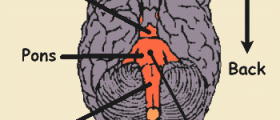
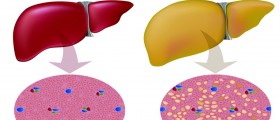
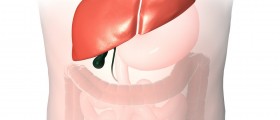
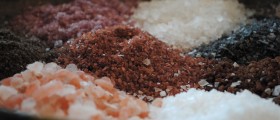
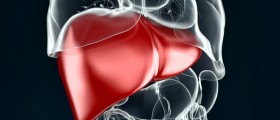
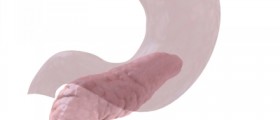

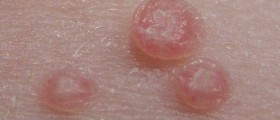
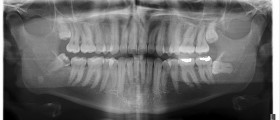

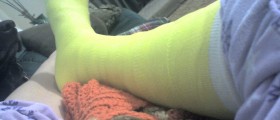


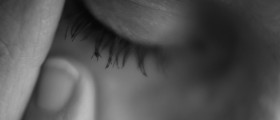

Your thoughts on this
Loading...